Idea by
Natalija Zanoški, Anja Koršič Mravlje, Marina Katalenić, Darko Plevnik, Tamara Rijavec, Eki Schweigger, Barbara Škraba, Viktorija Tekstor
Est=etika
https://www.facebook.com/Estetika-818633538255187/?tn-str=k*F
Call for ideas 2019
Eyes Wide Shut
Eyes Wide Shut
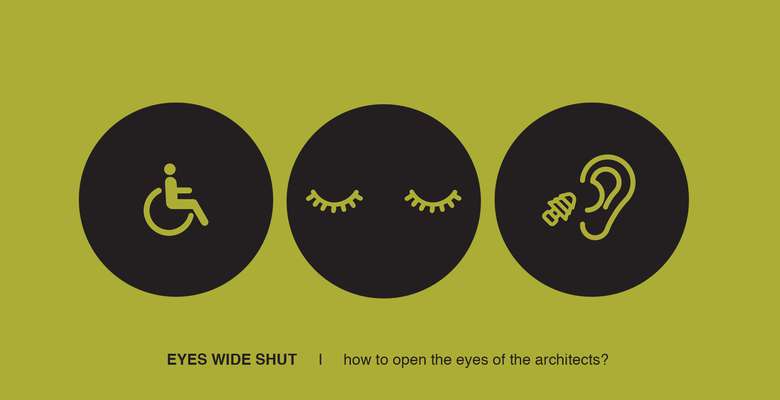
- Systemic changes
Architecture is optimism in its purest form. It proposes a new reality that would serve us in better ways, never imagined before. When conceiving a project, architects are visionaries. But it seems that architects turn a blind eye towards people with disabilities when asked to design public spaces.
Eyes Wide Shut is an ongoing project that in this phase focuses on the question of why do architects constantly chose to leave on the brink of their minds and designs the ones that need their optimism the most?
Eyes Wide Shut explores this throughout public spaces in Europe. It opens the discussion between practitioners as to why this hasn't yet become the most prominent design question of today so we won't be able to mess up any more in the future. It questions the field's ability to look beyond regulations and normatives and challenges architects to find simple, good and beautiful new solutions. In the end, what can an architect, blind to today's needs, ever foresee for the future?
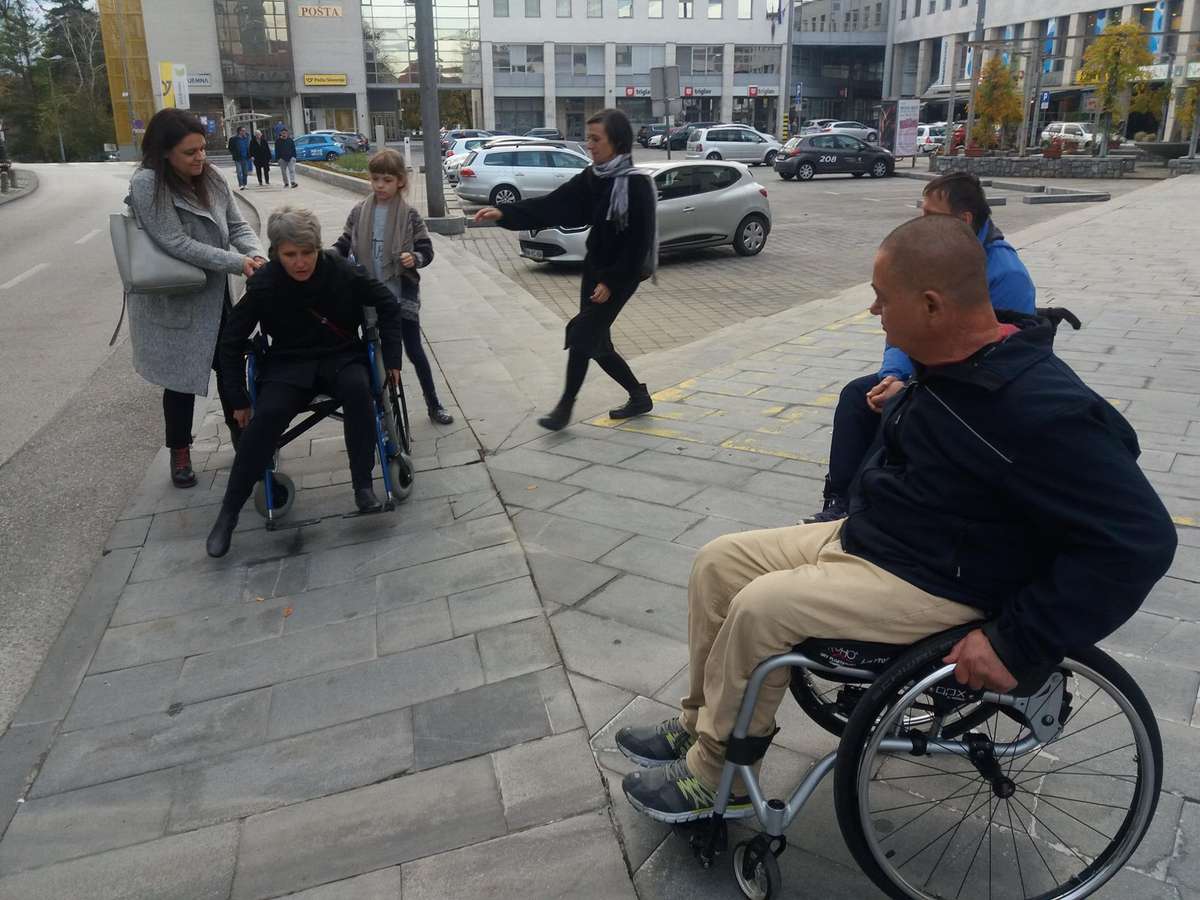
Exploring public space with physically impaired. Only two architects responded to our invitation.
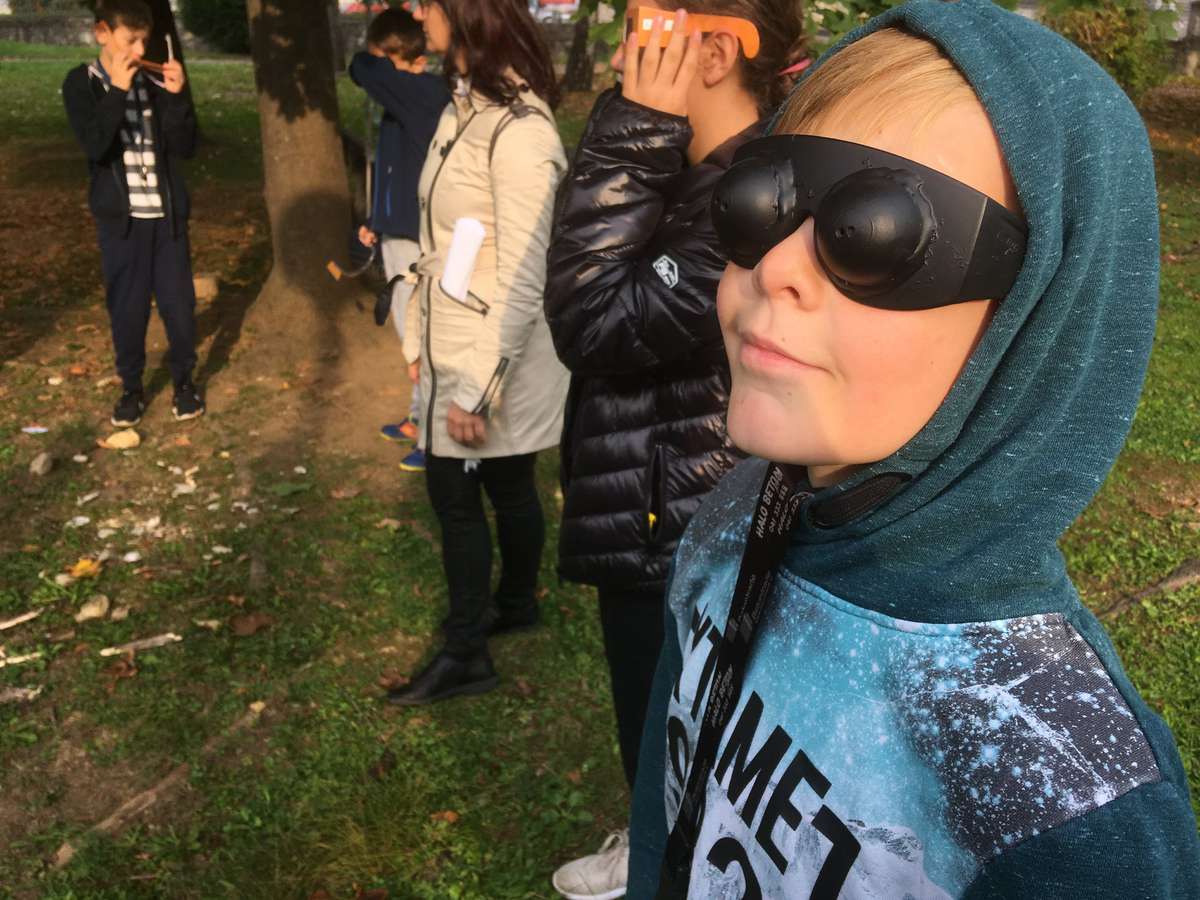
Experimental walk around public spaces with the architects of tomorrow.
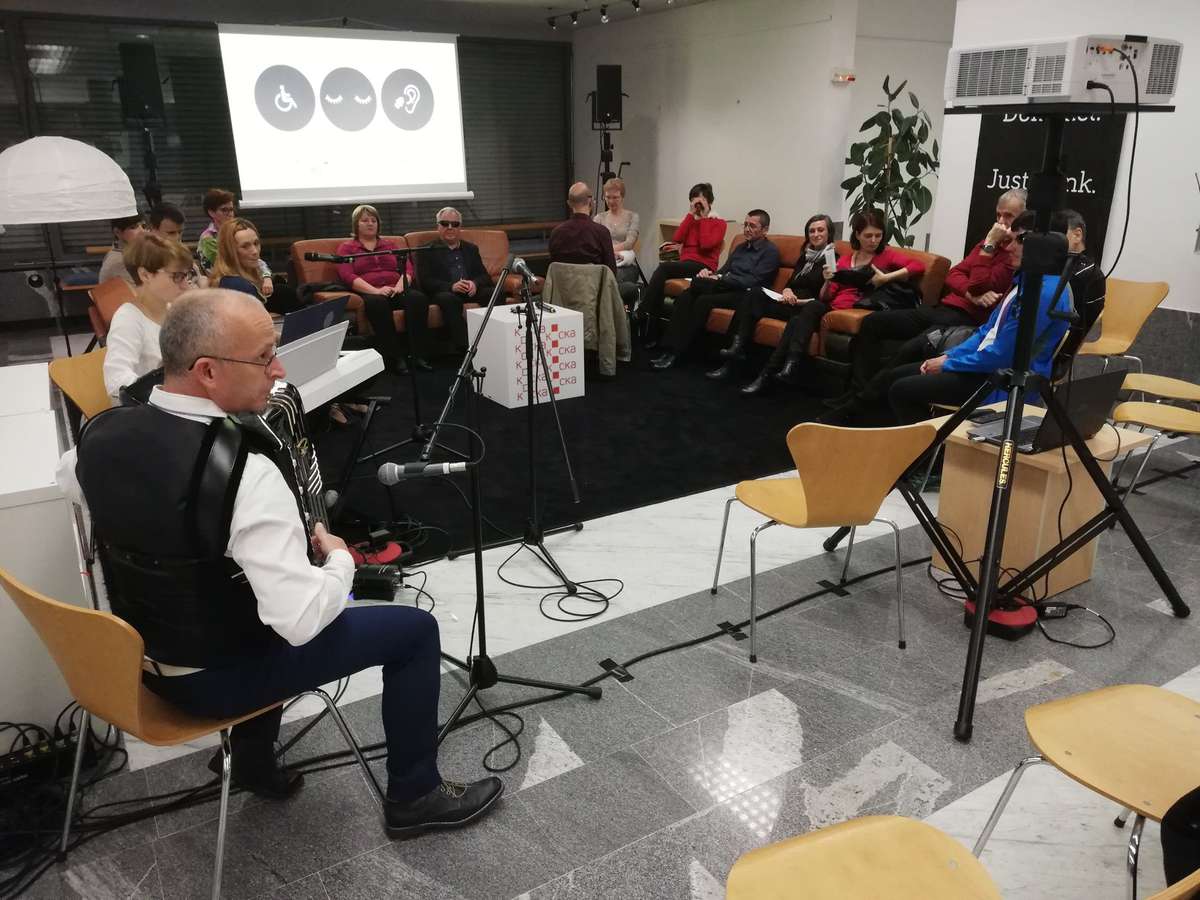
Round table as a final event of the first phase of Eyes Wide Shut.
Eyes Wide Shut
Eyes Wide Shut

- Systemic changes
Architecture is optimism in its purest form. It proposes a new reality that would serve us in better ways, never imagined before. When conceiving a project, architects are visionaries. But it seems that architects turn a blind eye towards people with disabilities when asked to design public spaces.
Eyes Wide Shut is an ongoing project that in this phase focuses on the question of why do architects constantly chose to leave on the brink of their minds and designs the ones that need their optimism the most?
Eyes Wide Shut explores this throughout public spaces in Europe. It opens the discussion between practitioners as to why this hasn't yet become the most prominent design question of today so we won't be able to mess up any more in the future. It questions the field's ability to look beyond regulations and normatives and challenges architects to find simple, good and beautiful new solutions. In the end, what can an architect, blind to today's needs, ever foresee for the future?
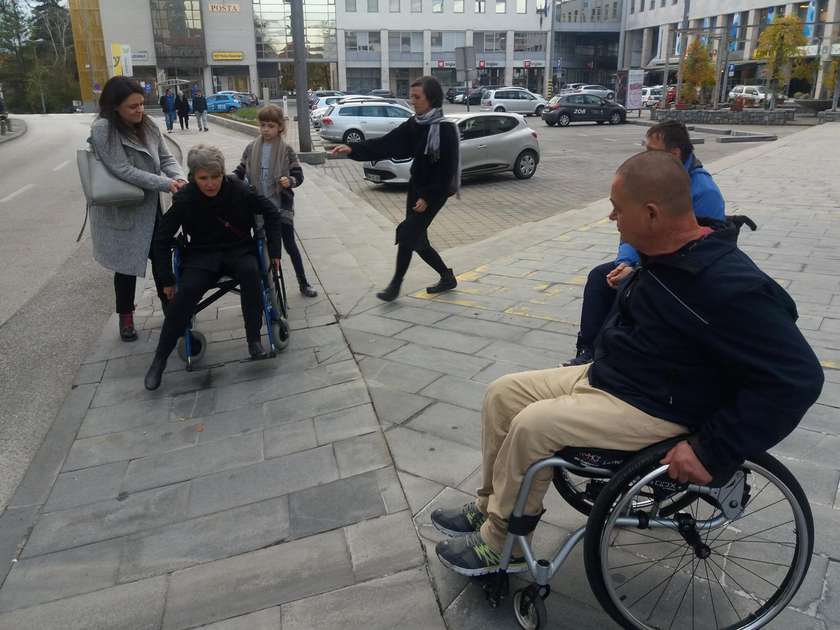
Exploring public space with physically impaired. Only two architects responded to our invitation.
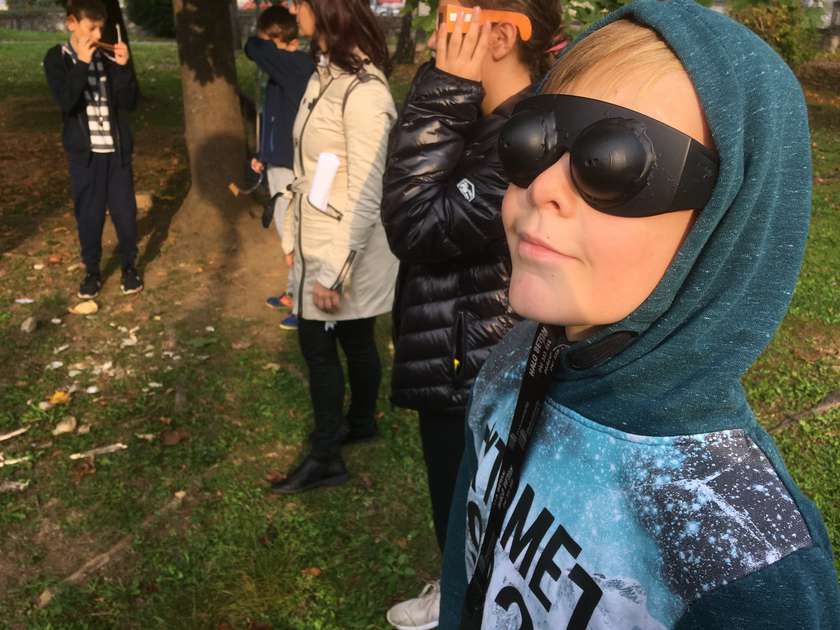
Experimental walk around public spaces with the architects of tomorrow.

Round table as a final event of the first phase of Eyes Wide Shut.